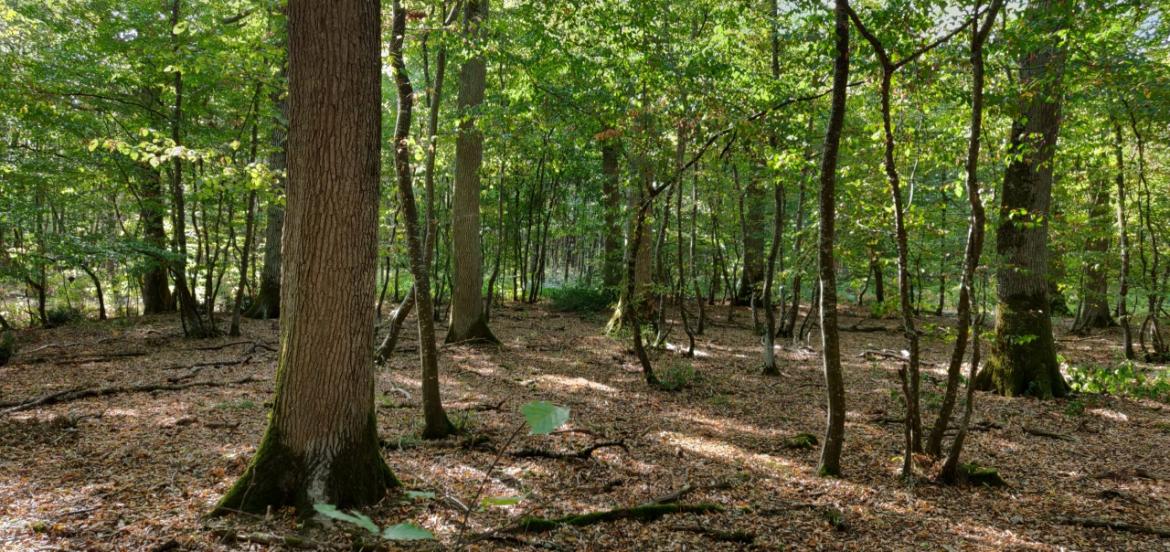Nature's solutions to adapt to climate change
The starting point
As we have seen, climatic hazards and especially summer droughts are more and more recurrent, and they have been going on since the 1980s ... The reactions of the trees mentioned in a precedent article are almost instantaneous to allow the trees to preserve themselves during the season.
Trees in good health and adapted to the station (soil and climate) react to these changes : Oaks naturally shed twigs and leaves to reduce transpiration in the event of severe heatstroke. But from a certain threshold of climatic risks, these natural adaptations reach a certain limit, which will vary greatly depending on the favorable nature of the soil or not. If the drought is too severe, this leads to significant risks or event death of the tree.
The 3 possible outcomes for trees
Given the obvious acceleration of changes and therefore the evolution of environments, here are the three possible outcomes for trees :
- The decline of some species, with a high risk of extinction : UICN recently revealed that 42% of European tree species are threatened with extinction
- Locally, we observe adaptations of certain species to new conditions : : Individuals better endowed with genetically will tolerate changes better. Genetic diversity, within the same species is therefore a guarantee of survival.
- At a slower scale, the trees, or rather the forest, react differently : Trees move from generation to generation with the wind and the transport of their seeds by animals. Species with good dispersal capacities will be able to migrate north or even at altitude.
The limits of natural adaptive capacities
This ability to colonize more appropriate areas, however has its limits : it is a process too slow compared to the expected evolution of the climate. In addition, certain displacement factors, thanks to the birds, do not necessarily favor the movement of the most appropriate species : This is the well-known example of the jay of the oaks, which prefers to transport the acorns of pedunculate oak, larger and more easily transportable, rather than those of sessile oak, yet better resistant to lack of water in the soil .
The forester's choices are therefore decisive, and his role is essential in helping the forest to adapt more quickly to climate change. This is a huge job that professionals have already started, to anticipate the survival of species that will be harvested only in 45 to 150 years. Human solutions to help nature, this is what we will see in a future article !

